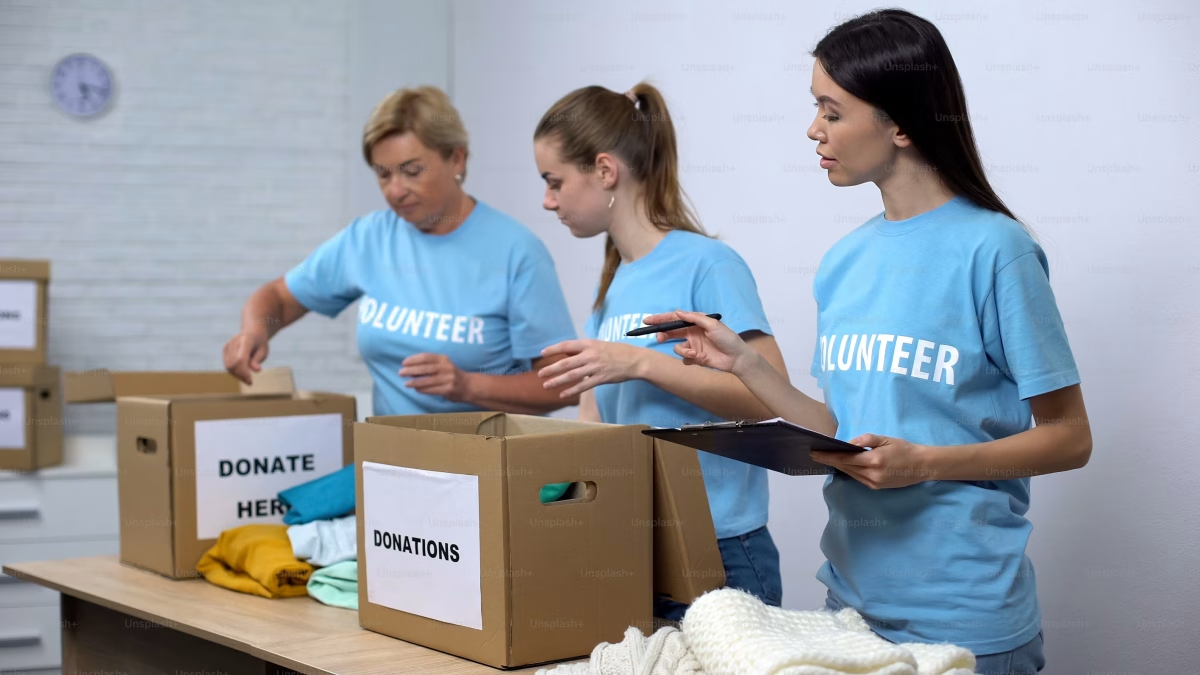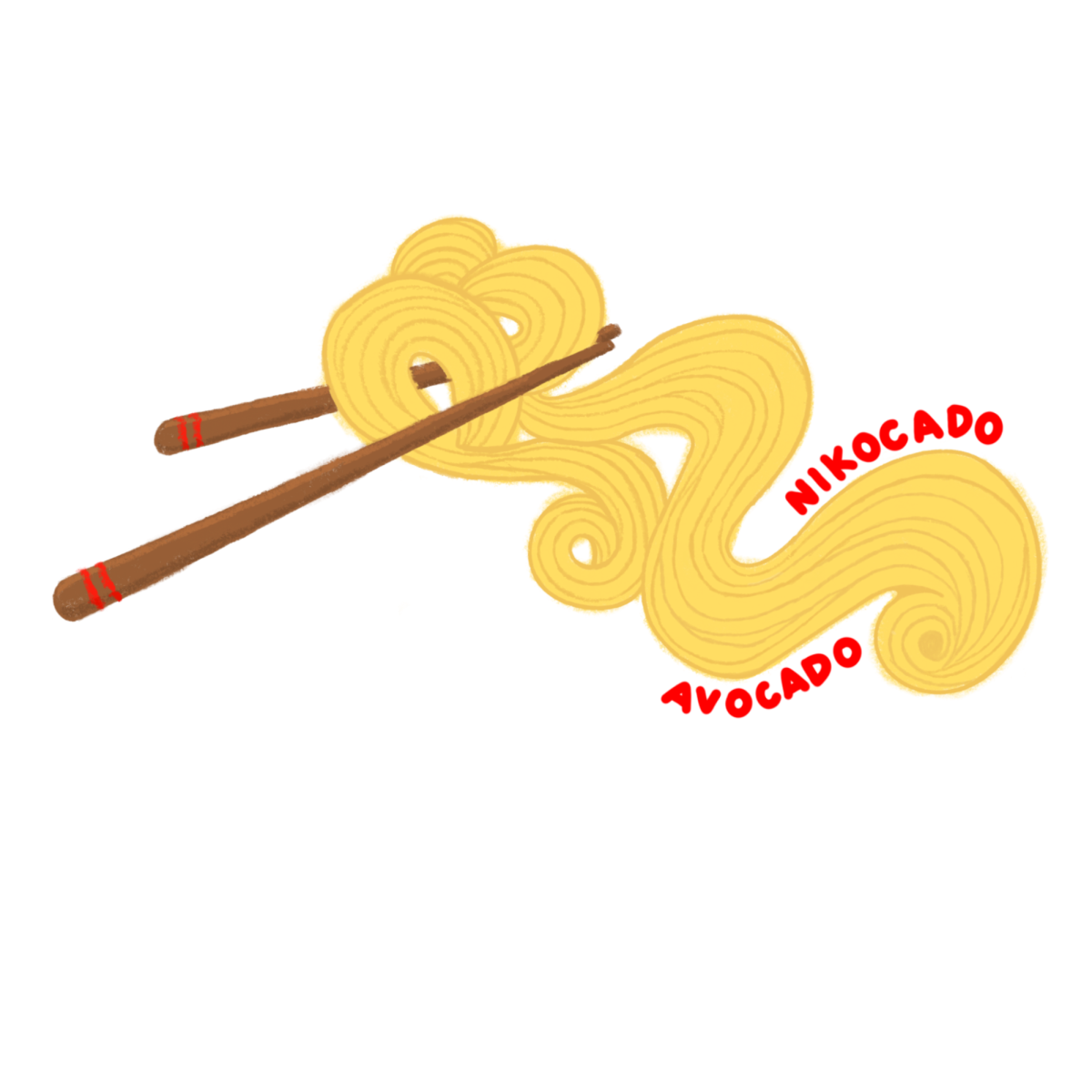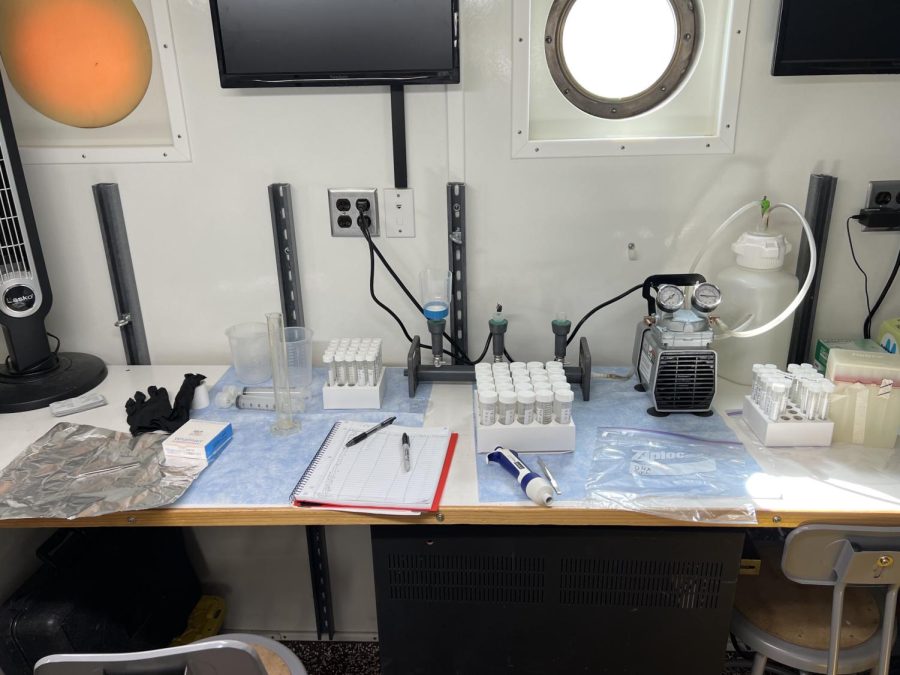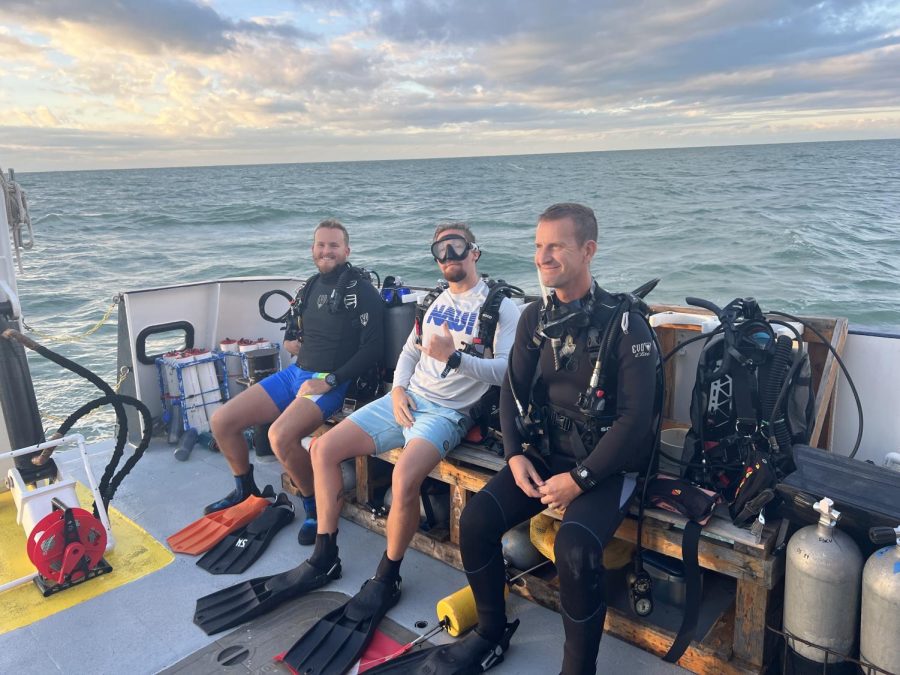Water School Researchers Await Samples of Ian’s Damage to the Gulf
Researchers study the effects that Hurricane Ian had on the Gulf of Mexico aboard the W.T. Hogarth during a week-long voyage. Photo courtesy of Gavin Costello.
November 22, 2022
Seven FGCU researchers from The Water School have returned from a week-long research cruise where they studied Hurricane Ian’s impact on the ocean.
The team focused on water quality sampling, red tide development, and benthic ecosystem monitoring, or the marine life at the lowest level of the ocean.
“The Gulf of Mexico was really altered by a lot of the pollution that got introduced into the water from the storm,” James Douglass, a Ph.D. associate professor of marine science at The Water School, said.
Douglass said the two major effects of Ian they saw during the cruise were pollution flushed out into the ocean by heavy rain and the destruction of sea-bottom habitats. Some areas of the sea floor Douglass described as looking like the “inside of a cement mixer.”
“It could take weeks or months to have all of the data out from the samples we took, but I think we’ll find that we lost a lot of sea bottom life, and it’s going to take a while for that biodiversity to come back. I also think that the pollution levels are going to be elevated for a long time, and that’s going to cause a series of algae blooms that we’re already seeing the start of.”
Four of the seven researchers were FGCU students, each with a different task to focus on while aboard the nearly 80-foot research vessel, the W.T. Hogarth.
One of those students was FGCU senior Gavin Costello, a marine science student in charge of studying the DNA of algae on top of the water. Even though the data hasn’t come back yet, Costello said he could tell the water was abundant in algae by the color it left behind when filtered.
“I could tell there’s a high abundance of algae because a lot of my filters were a yellowish, almost brown color,” Costello said. “That usually means there’s a high concentration of algae everywhere, but that was expected with all the nutrients swirling around in the water.”
This nutrient pollution brought by the storm gives the algae something to feed off of, causing it to become more abundant. According to Douglass, while a small amount of algae in the ocean is okay, too much can block sunlight from sea life and underwater plants at the bottom level of the ocean. Another issue is when the algae does eventually die, it consumes the oxygen in the water. This lack of oxygen and light makes the water uninhabitable and kills the aquatic life in it.
“There’s a lot of algae out there, and there’s a lot of harm that has come from it,” Douglass said. “The waters are very different from normal, especially near shore. Right now, protecting sea life wherever we can, especially on the edges of the area affected by the hurricane, is our best chance at giving the ocean a chance to recover.”
Douglass said the pollution that got loaded into the ocean from the hurricane will start to spread out to other places before gradually changing form and breaking down. Because it will be in the ocean in one form or another, Douglass predicts it will be a couple of years before the ocean is “back to normal.”


































